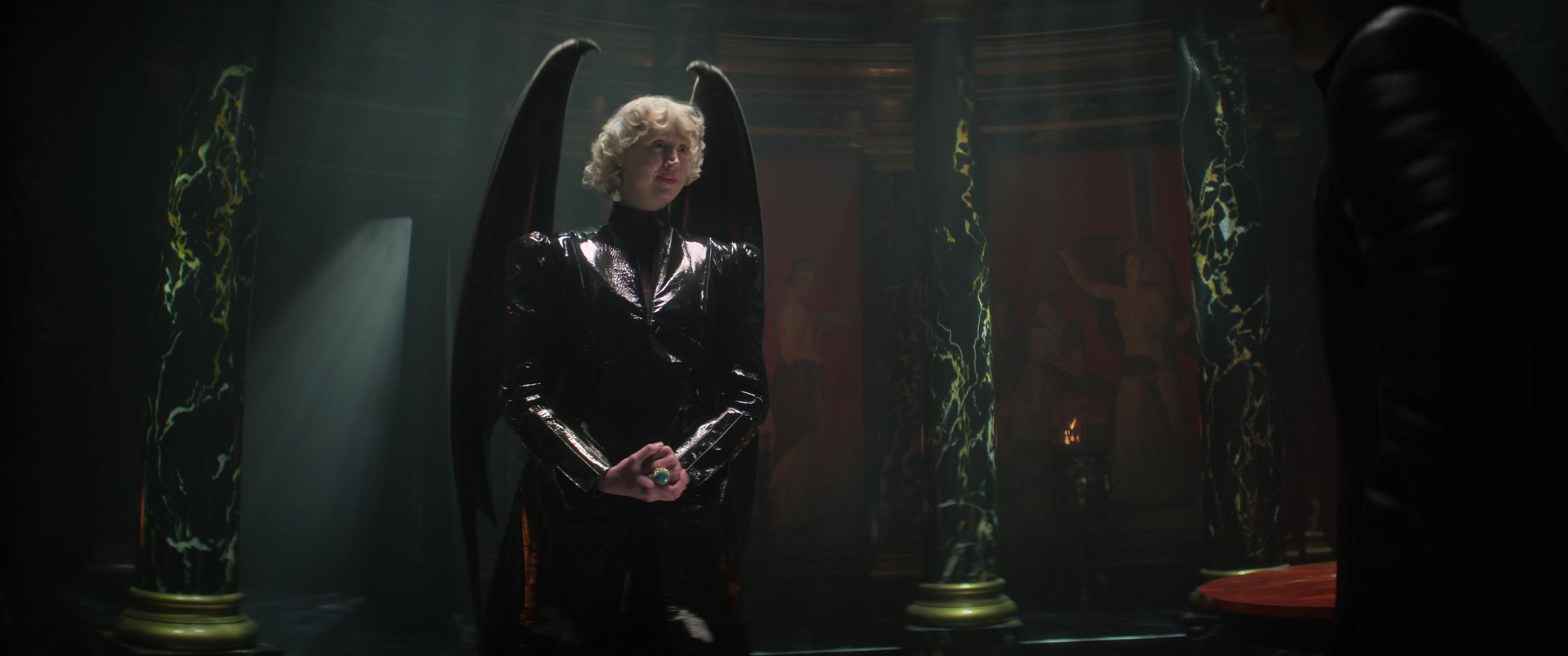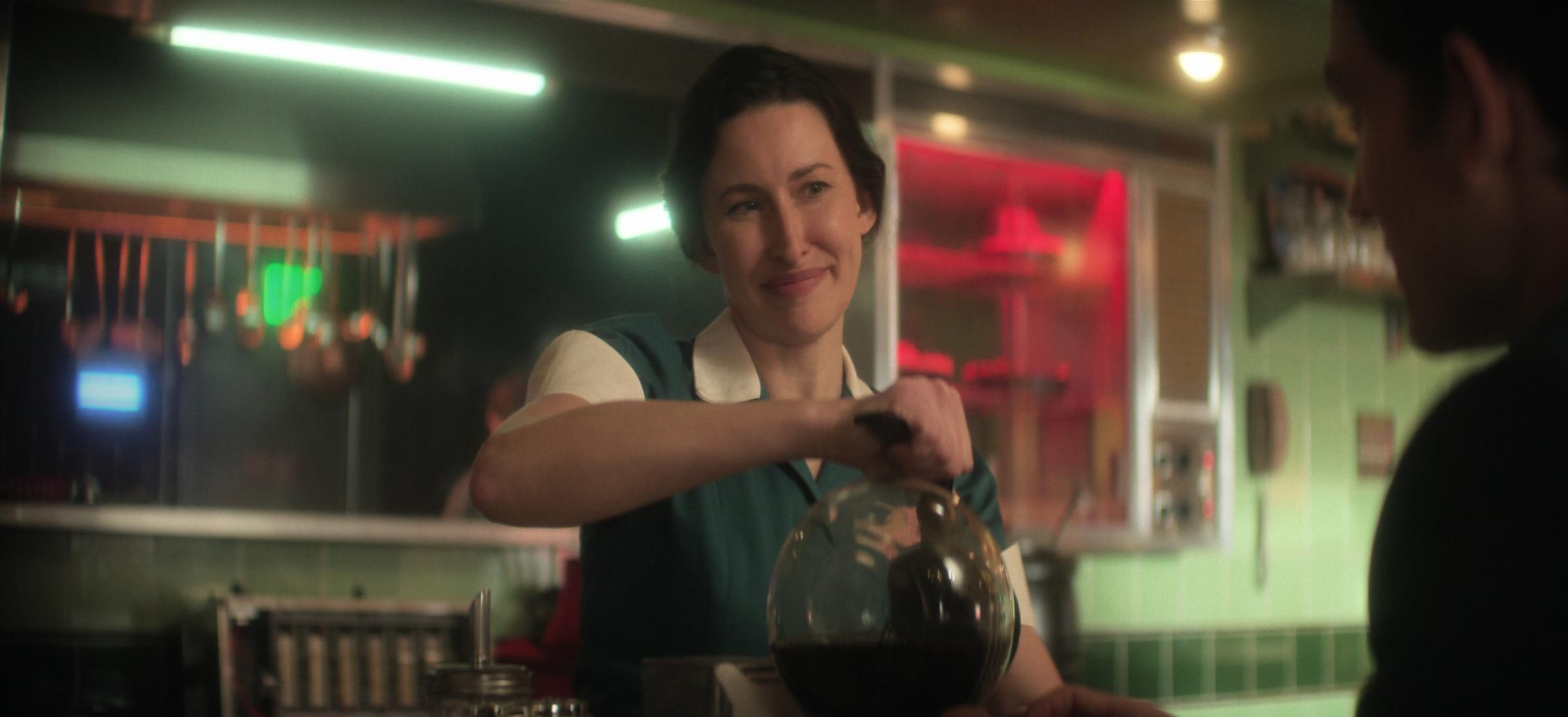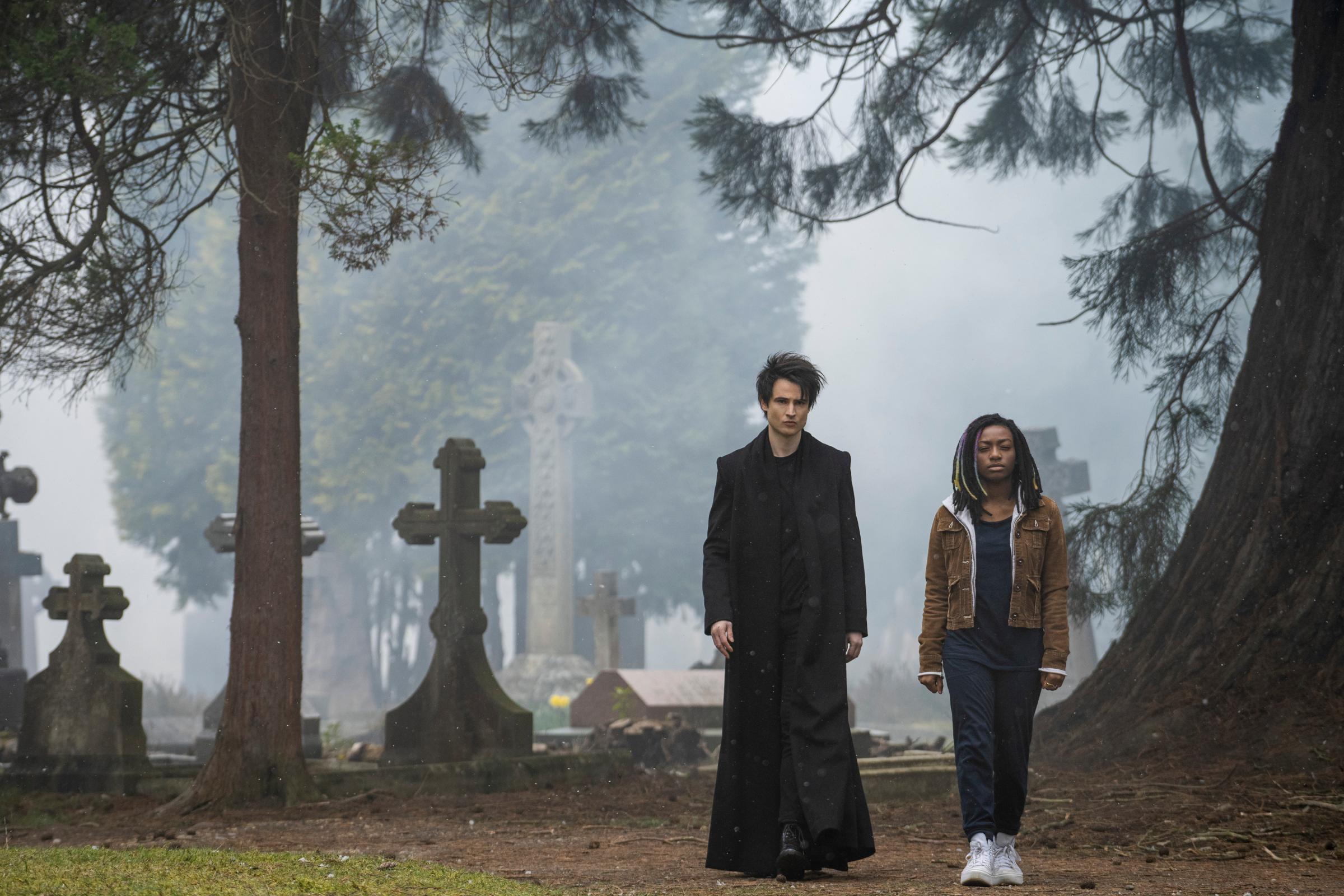Finally, The Sandman arrives on screen. Fans of Neil Gaiman’s classic fantasy-horror comic series—which ran from 1989 through 1996, cracked the New York Times best-seller list, and spawned a whole universe of spinoffs and sequels—have been waiting for this moment for something like three decades. First it was supposed to be a movie. Then it languished in development hell, as Hollywood kept adapting other Gaiman works: Coraline. Stardust. How to Talk to Girls at Parties. The streaming era brought TV series based on American Gods, Good Omens, and even Lucifer, a character introduced in The Sandman. But various adaptations of Gaiman’s masterpiece kept stalling out, plagued by bad scripts and creative differences.
Well, the 10-episode Sandman series is here at last, following a 2019 deal that brought the property to Netflix, shepherded by executive producers Gaiman, David S. Goyer (Foundation), and showrunner Allan Heinberg (Wonder Woman). And, with the caveat that there will probably be no pleasing some sectors of a vocal fandom that has spent decades in a state of anticipation, the show turns out to be well worth the wait. From smart casting and strong writing to exquisitely eerie, noir-meets-horror production design that makes thoughtful use of digital effects, this is easily one of the best small-screen comic adaptations ever made.

The Sandman dates back to DC Comics’ 1930s Golden Age, but Gaiman’s version constituted a complete reinvention. Known as Dream, Morpheus, and any number of other mythologically derived names, the title character rules over the realm of dreams and stories, as part of a family of anthropomorphic representations of natural forces called the Endless. (Desire and Despair are two of his seven siblings.) “When the waking world leaves you wanting and weary,” Dream narrates, as the camera sweeps across a graveyard of nightmares and an enchanted palace of fantasies, in the show’s open sequence, “sleep brings you here to find freedom and adventure.”
In both the comics and the TV series, we meet Dream (a movingly vulnerable Tom Sturridge, recently seen in HBO’s Irma Vep) on what must be the worst day of his eternal life. It’s 1916, and the members of an occult order have gathered on an English estate for a ritual that they hope will summon Death, so that they can entrap her in an orb and force her to do their bidding. Because he’s descended into the waking world in pursuit of a “rogue nightmare,” a.k.a. the Corinthian (Boyd Holbrook), who’s entertaining himself by causing havoc among humans, Dream is the Endless they capture instead. He spends a torturous century in his prison, too proud to buy his freedom by acquiescing to the demands of his mortal captor (Charles Dance).
This is all essentially a prologue to Dream’s escape and return to his kingdom—now crumbling and all but abandoned. With the help of his most loyal deputy, dream librarian Lucienne (Vivienne Acheampong), and quippy raven sidekick Matthew (voiced by Patton Oswalt), he must reclaim three plundered objects that hold the power to rebuild. In the first six episodes, which hew fairly closely to the first volume of the comics, Preludes and Nocturnes, the quest will take him back to Earth and, literally, past the gates of hell. The back portion of the season makes an abrupt, if unavoidable, shift to parallel volume 2, The Doll’s House, centered on Rose Walker (a self-possessed Vanesu Samunyai), a young woman who is searching for her long-lost kid brother and who, unbeknownst to her, has the latent capacity to effect mass destruction.

More compelling than these serialized arcs and their protagonists—who exist largely as our guides through The Sandman’s uncanny realm—are the episodic stories, one-off set pieces, and oddball supporting characters. The best episode of the season places the consistently terrifying David Thewlis, as the psychotic John Dee (a.k.a. DC’s Doctory Destiny), in a 24-hour diner, where he uses power purloined from Dream to make a handful of employees and customers interact honestly for once in their lives. A multi-part symphony of conflict, confession, and violence ensues; it’s actually an improvement upon Gaiman’s fan-favorite diner issue. There are great, warped concepts like this everywhere: a convention for serial killers, a Dream Realm Cain (Sanjeev Baskhar) who’s always murdering a self-resurrecting Abel (Asim Chaudhry), a man granted immortality in 1389 who meets up with Dream every hundred years for a beer and some reflections on why he still loves being alive.
Casting was always going to be crucial for this project, and Netflix’s The Sandman absolutely nails it. That doesn’t necessarily mean finding the actors who look most like the comic characters. Lucifer Morningstar, the biblical fallen angel who rules over hell, was famously drawn to resemble David Bowie in his big-haired, late-’60s folk singer era. Here, the character is played by Game of Thrones’ statuesque Gwendoline Christie, who embodies Lucifer’s winsome insouciance despite being, you know, a woman. Kirby Howell-Baptiste offers a wonderfully wise, serene twist on Death, who comforts the newly deceased and sends them on a path to the afterlife. Whoever thought to cast Hedwig and the Angry Inch mastermind John Cameron Mitchell as a Florida boarding-house owner and drag cabaret singer deserves a bonus. Dream is something of a straight man amid so much weirdness, but Sturridge possesses just the right combination of baby face and scowl. No wonder he beat out some 200 other actors for the role.

It’s theoretically easier than ever to make a CGI-heavy genre show look good, but that hasn’t stopped studios as deep-pocketed as Marvel from repeatedly failing to do so. The Sandman production designer Gary Steele (Outlander) wields visual effects so much more artfully. Many of the landscapes in Dream’s kingdom, hell, and other supernatural spaces are clearly computer generated—and for the most part these elements look purposely animated, like extremely detailed versions of the comic-book art. Yet the waking world looks pretty much the same as our Earth, noired up with a higher concentration of bars, greasy spoons, and dark alleys.
The imagery complements storytelling that stays true to Gaiman’s sensibility—a mix of fantasy tropes, literary and pop-cultural references, gothy aesthetics, and archetypes grounded in global mythology that is as thoughtful in its own way about how people use the omnipotent heroes and villains we invent through fiction as Watchmen. At times, the show does seem too eager to make characters explain aspects of Dream’s journey toward a greater understanding of the human experience that are already apparent from the narrative. For viewers who aren’t particular fans of the genre, some characters’ artificially grand fantasy-speak might elicit the occasional giggle. None of this detracts much from The Sandman’s clever story and gorgeous spectacle. A likely megahit at a time when Netflix could really use one, it rivals anything in Disney’s superhero arsenal but has enough personality to render the comparison pointless.
More Must-Reads from TIME
- Donald Trump Is TIME's 2024 Person of the Year
- Why We Chose Trump as Person of the Year
- Is Intermittent Fasting Good or Bad for You?
- The 100 Must-Read Books of 2024
- The 20 Best Christmas TV Episodes
- Column: If Optimism Feels Ridiculous Now, Try Hope
- The Future of Climate Action Is Trade Policy
- Merle Bombardieri Is Helping People Make the Baby Decision
Contact us at letters@time.com